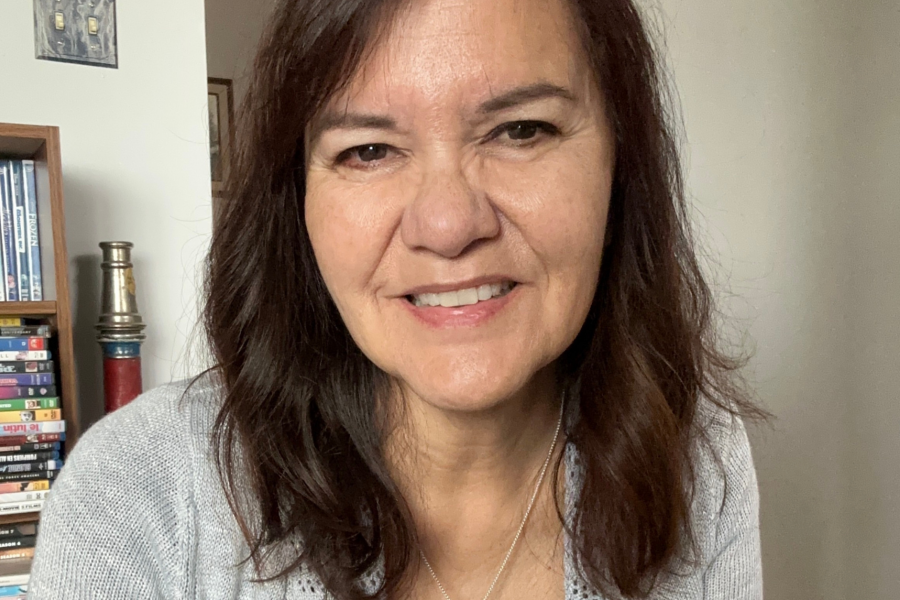
479 Taché Hall
University of Manitoba
(Fort Garry Campus)
Winnipeg, Manitoba R3T 2M6
Dr. Suzanne McLeod is Anishinaabe-ikwe and a member of Sagkeeng First Nation MB. She completed her PhD in Art History, Art of the Americas (Native American) with Distinction and M.A. Art History through the University of New Mexico, Albuquerque NM. Her dissertation, entitled "'Maa-Multh-Nii People Who Came Floating In': Analogues between Nuu-chah-nulth and Tlingit with Spanish Colonial Expeditions in the Eighteenth Century" examines the parallels of culture, governance, aesthetics, and society between Spanish colonial explorers and Indigenous nations of the Pacific Northwest. In dismantling the trope of “difference” that has been the dominant narrative regarding colonization of the Americas, her work is premised on an argument of similarity in the philosophical and social structures of two seemingly divergent cultures. Her dissertation won the 2023 Thomas J, Popejoy Dissertation Award at the University of New Mexico, an honour that recognizes the highest level of academic excellence in a given year within the humanities. Following this, a book chapter on a select aspect of her research is set to be published by the University of Manitoba Press in the near future. Suzanne is also working on publishing her Masters thesis on the work and life of Anishinaabe artist, Arthur Shilling, entitled “Arthur Shilling: Anishinaabemowin-mazinibii’igewinini.”
Suzanne was recently hired as an Assistant Professor at the School of Art, a tenure-track position that focuses on the art histories and cultures of Indigenous people in North America. She has developed multiple new courses that are focused on Indigenous scholarship and art history—from ancient Woodland to the brilliant work of 21st century Indigenous artists; Indigenous Feminisms; Contemporary Indigenous Art; Wahkotowin Making Relatives; Gender Creativity. In 2023 she received a SSHRC Insight Development Grant that focuses on the development of imagery of Indigenous people in 15th Renaissance Italy, its relationship to the papal bull, the Inter Cataerra (Doctrine of Discovery), and the long-standing impact on the lives on Indigenous people over the last 500+ years. Suzanne is also researching the work of First Nation artists between circa 1870 to 1950 within the Prairie context. Her focus is on dismantling colonial tropes that have defined Indigenous art and art histories since the time of “contact” and the retelling of history and aesthetics through the lens of those most impacted by colonization, the Indigenous person.
